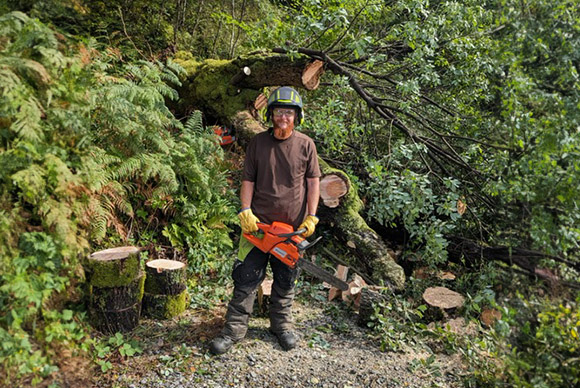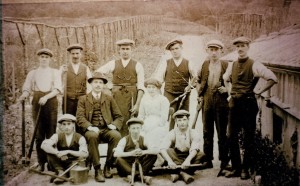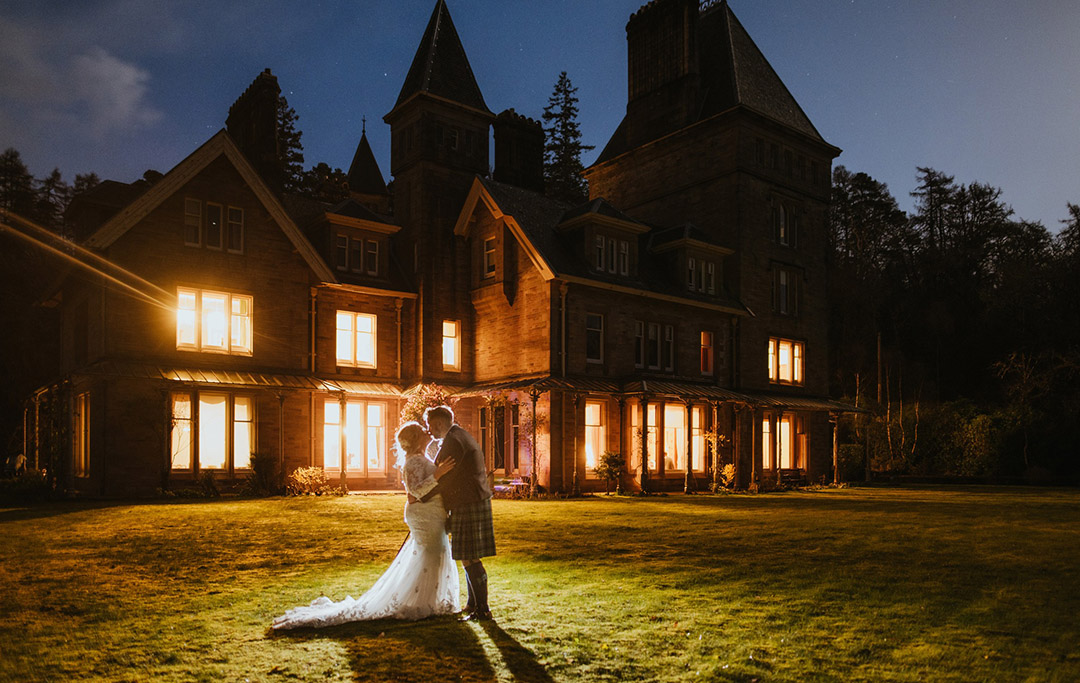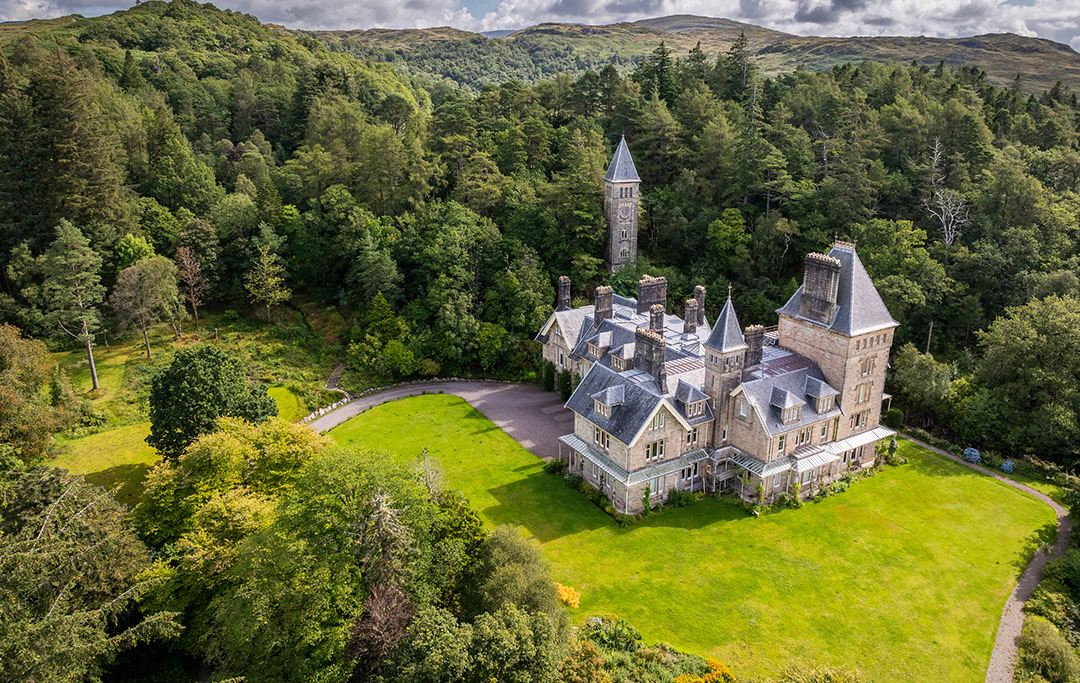Visit Ardtornish House Gardens and discover the beautiful grounds of a 19th Century Victorian Mansion
Visit Ardtornish House Gardens all year round and discover a natural haven for all of the family to enjoy. Ardtornish House gardens are sculpted out of a rocky hillside and from every angle boast extensive views south-west along Loch Aline and across to the hills of the Isle of Mull.
Much of the garden, now part of Scotlands Gardens Scheme, is covered by native birch, alongside extensive planting of exotic species, under mature groups of larch, firs and pine, whose strong form & colour complement the pink sandstone towers and gables of Ardtornish House. The soil is acidic, with a pH varying between 4.9 at the bottom & 5.6 at the top. The rainfall averages 85 inches.
Ardtornish gardens are open for our holiday guests and day visitors to enjoy at their leisure, 365 days of the year. Our gardens are dog-friendly but we ask that you keep them on a lead.
A Scottish garden with a rich history
Ardtornish House sits on a site chosen in 1856 by Octavius Smith, a distiller from London and the garden was laid out by his son, Valentine Smith, and his successors.
At the time, work in the Ardtornish Garden was recognised as good training for horticultural jobs. At one time there were 12 gardeners and one or two horses employed to maintain the grounds and the walled herbaceous and kitchen garden on a hillock south of the river Rannoch.
Planting in the garden was considerably extended by Owen and Emmeline Hugh Smith, who bought Ardtornish in 1930. Their successes included mixing species and hybrid rhododendrons with acer, hoheria, eucryphia, sorbus, berberis and species roses.
The families keen interest in the garden is continued by their daughter Faith and her family; one of Faith’s daughters, Sarah Raven, enjoys a successful career in gardening. Sarah’s books are available to buy in The Old Dairy Gift shop here on site.
John Turner, Senior Gardener

With 20 years experience across horticulture, conservation, Landscaping and high quality restorations projects, John has a keen eye for detail, passion and drive. John uses his experience to further the restoration of both Ardtornish House Gardens and Kitchen Garden.
Ardtornish Gardeners’ 1900’s






